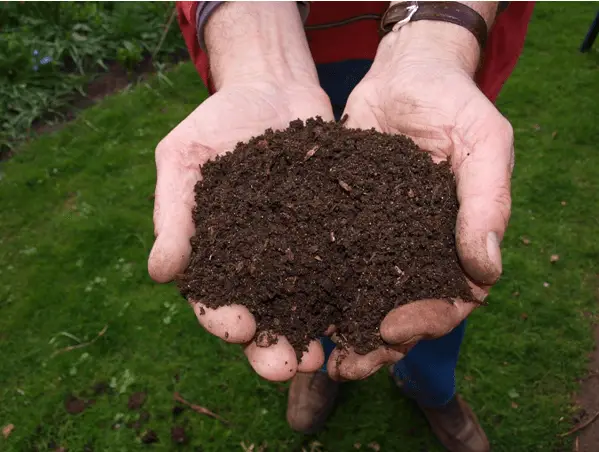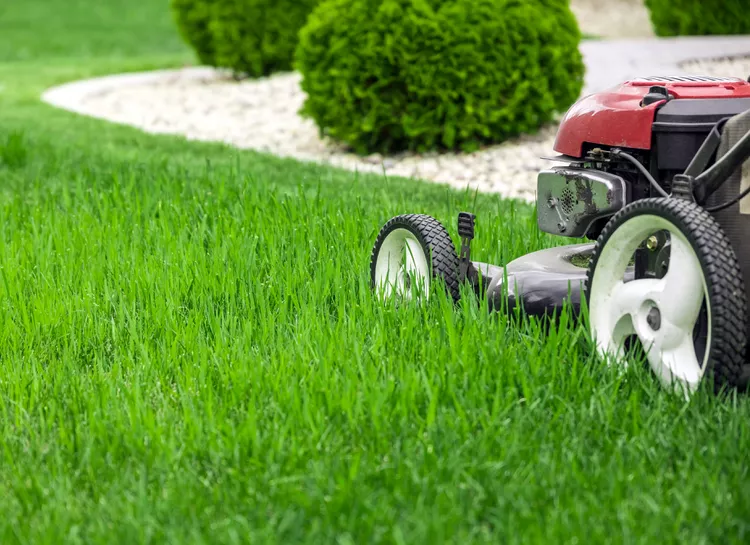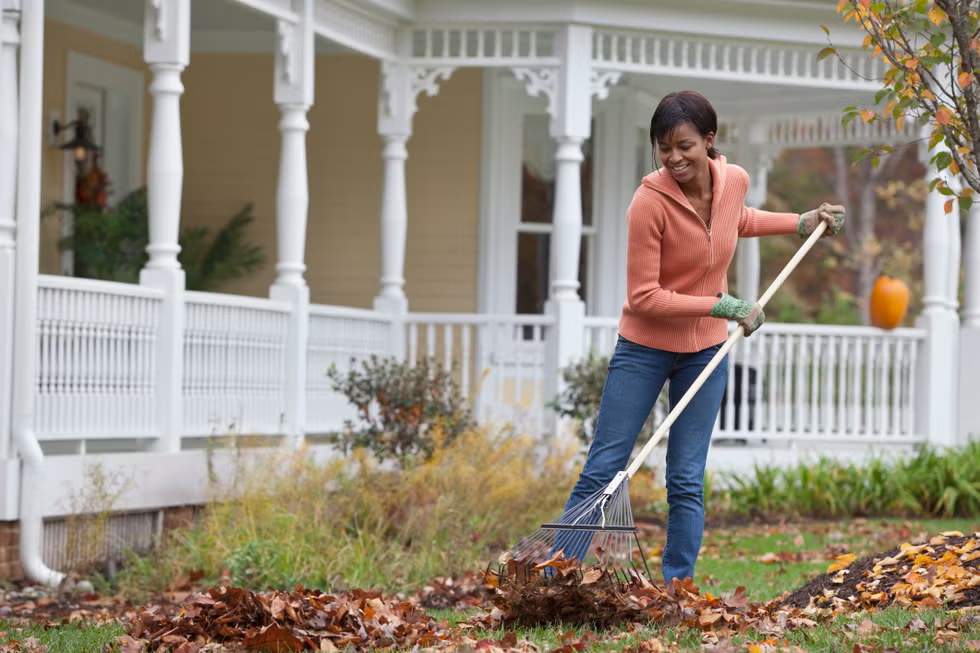7 Ways To Bring Back Dead Grass
Last Updated on January 14, 2025 by Duncan
Every homeowner wants a green and healthy lawn. Unfortunately, this isn’t always the case. Sometimes, the lawn simply fails to grow.
The cool thing is you can bring back dead grass.
What kills grass?
Grass can die from many things such as:
Dull lawnmower
Dull lawnmower blades don’t cut grass cleanly. Instead, they rip or tear the blades resulting in jagged edges.
The edges brown within a few days giving your lawn an uneven look. The jagged edges also serve as entryways for diseases and parasites that can kill the grass.
When you mow with dull blades, the grass momentarily wraps itself around the mower blades before it rips or tears. This puts unnecessary strain on the lawnmower, which can shorten the life of the lawnmower components.
Before you begin mowing, inspect the cutting blades. If they are dull, sharpen them. Grass cut with sharp blades recovers fast and is more likely to resist pests and diseases.
Chemicals
Pesticides, herbicides, fertilizer, and even Gasoline lead to dead grass when spilled. When you apply the fertilizer unevenly or incorrectly, it burns the grass.
Insect repellants have also been shown to burn a lawn.
Animal urine
If you allow your dog to go to your backyard, its urine can lead to a dead lawn. Urine makes the lawn turn yellow, sometimes with a bright green ring around the edges.
Poor soil quality
It’s common to plant grass on a healthy lawn, but the lawn will turn yellow as the soil quality declines over time.
Erosion
Water runs off the slopes carrying grass and young shoots with it. This leaves the ground bare and dried out. As a consequence, you have an ugly, unhealthy lawn.
Drought
While too much water will damage a lawn, so is the lack of it. Lawns need at least one inch of water every week to grow.
This can be from rainfall or irrigation. Lack of enough water leads to a dry, compacted lawn that is ugly to look at.
Dormancy
Sometimes the grass will get dormant. Cool-season lawns get dormant during the summer heat while the warm-season lawn will get dormant during winter.
If your lawn has a mix of grasses, you are bound to have brown patches as some of the areas go dormant while others stay green.
Diseases
Lawns are affected by all types of diseases that vary depending on the type of grass. The most common ones are fungal diseases that thrive in moist conditions.
Thatch might not be a disease–it’s a buildup of decaying grass blades that build up too thick that they choke out the healthy grass.
But when you let it accumulate for a long time, it has the same impact as that brought about by lawn diseases.
Insects
There are plenty of insects that can affect your lawn, and they can result in a dead lawn. Some of the most common insects are the Chinch bugs that often affect the warm-season lawns.
Other insects that affect lawns include caterpillars and many others.
You need to work with a professional who will guide you on how to check for Chinch bugs and how to get rid of them.
Ways to bring back dead grass
If your grass has started to show signs of dying, you don’t have to worry as there are several things you can do to get the dead grass to grow.
Some of the things you can do include:
#1: Water it
If your grass is dying due to lack of water, water will come in handy at reviving it. The best time to water the lawn is in the morning (before 10 am).
At this time, it’s cooler, and the winds are calmer; therefore, the water will soak into the soil.
The water will also easily get into the grassroots before it can evaporate.
If you don’t have time to water in the morning due to a tight schedule, you should consider watering it in the evening. When doing it, ensure you water between 4 and 6 pm.
When you water it at this time, you will give the grass blades enough time to dry before nightfall.
You should note that the later in the day you water your lawn, the higher the chances you will have diseases on your lawn.
When it comes to the amount of water you should use, apply water until it’s 6-9 inches of soil. Avoid overwatering the lawn as you will kill the grass.
There are several things you can do to tell your lawn has had enough. The first thing is to check the time it takes the soil to soak in the water.
If the lawn isn’t soaking in the water fast enough, you should stop applying water.
#2: Weed it
Are there weeds growing on your lawn? If they are there, it’s time you think about removing them. You can weed the lawn using a hand-weeding tool or weed popper.
Avoid using herbicides as they are known to cause more problems than the value they bring to the table.
All-purpose weed killers douse the lawn with chemicals that the grass doesn’t need, leading to an ugly lawn.
#3: Get rid of thatch
Thatch is a layer of dead grass, stems, roots, leaves, and other debris known to choke the lawn.
Thatch sits between the soil and the tips of grass shoots, blocking water absorption.
When you remove thatch, you not only get rid of choking grass, you also leave your lawn looking beautiful and well kept.
There are plenty of tools you can use to get rid of thatch. You can use a spring-tine rake or use the same tool you use to rake acorns with.
If you have a small yard, you can remove the thatch yourself, but if the yard is large and you don’t have the necessary tools, you are better off hiring a professional to help you out.
#4: Re-seed it
From its name, re-seeding is simply applying more grass seed to the lawn. The new seed covers the bare patches that might have been left by the dying grass.
To re-seed your lawn, you need to start by digging up the dead grass with a shovel.
You should then mix the existing soil with an organic humus compound to give the soil as many nutrients as possible, then plant new grass seed and top with fertilizer. Don’t be afraid of over-seeding.
You should note that the denser the new grass, the fewer the weeds it will have, the less maintenance it requires.
After planting grass, cover the seeded area with a light layer of peat moss. This layer seals in moisture, leaving the grass green and healthy.
How you water the seeded area greatly determines how well the grass grows. For ideal results, don’t water the area unless the top 2-3 inches of the soil is dry.
You should note that over-watered lawns develop deep root systems, which exposes them to plenty of pests and heat stress.
In the event, weeds come up, remove them by hand. You can also use a weed-popping tool to remove them. Again, don’t use chemicals.
You should limit foot or pet traffic over the seeded area until the grass reaches a substantial height.
#5: Feed it
Nothing has been shown to revive dead grass as fast as fertilizer. While the fertilizer is highly effective, you should be cautious about how you apply it.
As a rule of thumb, ensure you only apply it once the grass is growing.
Don’t apply it on newly sown grass seed or turf as it will turn brown.
To minimize the number of chemicals you put on your lawn, avoid using chemical fertilizers. As an alternative, use liquid seaweed.
#6: Leave clippings behind
Grass clippings contain nutrients such as nitrogen, potassium, and phosphorus, all of which are integral to the growth of a healthy lawn.
You need to mow your lawn with a lawnmower that allows you to leave the clippings behind.
Once the clippings decompose, the nutrients return to the soil, leaving you with a healthier, greener lawn.
#7: Aerate it
Other than water and nutrients, grass also needs air to thrive. There might not be a shortage of air outside, but it might fail to reach the grassroots.
Lack of air into the soil often results from soil compaction. This is when grass, dirt, or thatch density is too thick that the air doesn’t penetrate the soil.
Obviously, without air, the grass doesn’t grow as well as it’s supposed to.
To aerate the grass, you need to create holes in the ground for the air to get to the roots of the grass. You can use an aerator to do it. If you have a small lawn, you can use aerator shoes to achieve it.
How to tell whether the grass is dead or dormant
When the grass is dying, it turns brown, which can be confusing.
To avoid wasting time and resources trying to bring back grass that is completely dead, you should do your research and know whether the grass is dormant or completely dead.
There are several tests you can do:
Tug test
Here you need to find a section of brown grass, grab some of it in your hand and pull. If the grass comes out easily without any resistance, it’s most likely dead.
There is no way dead grass will come back; therefore, you should start thinking about re-growing your lawn.
Pay attention to patterns.
Observe whether it’s the entire lawn that is brown or there are distinct patches of brown grass.
If the entire lawn is the same brown color, chances are the grass is dormant. If there are areas of circles of brown grass, these areas might be dead.
If this is the first time you are having issues with your lawn, you should consider working with an expert to help you.
Watering
By watering, you can tell whether your lawn is dead or not. When you water dormant grass, it will become green again, but dead grass will remain brown.
What if the grass won’t come back?
If the grass is already dead, you don’t have any other way out, other than to replace the old lawn.
Start with removing the old lawn. You can use solarization or herbicides.
Solarization makes use of the sun’s heat to kill the old grass and cooking it. For you to get the most from the process, cover the entire lawn with clear plastic.
Herbicides kill roots, weeds, and grass. They can also harm you if you arent keen when using them.
For ideal results, carefully read the instructions given on the label.
After removing the old lawn, prepare the area for new grass, aerate the lawn, then apply compost on it.
The new lawn needs to be moist, but you should avoid applying too much water to it.
Water the lawn 5 minutes twice each morning for the first 2-3 weeks. You should water it once a day in the morning for 10-15 minutes until new grass shoots develop.
When the new shoots reach about 1 inch tall, spread a lawn fertilizer containing slow-release nitrogen.
The best way of fertilizing the lawn is by using the slow-release formula. This is to avoid burning off the grass before it can mature.
It’s common to find some areas that don’t have enough grass. In such a case, you don’t have any other way out, other than to re-seed the lawn.
To save time, use sod instead of seeds. Purchase rolls of sod that fit the entire lawn area, unroll them, then water the lawn thoroughly. Water the sod daily to keep it moist for 2-3 weeks.
The other time you should water it is when the soil starts to feel dry.
Continue maintaining it by mowing it properly, applying the right amount of water, fertilizing it, aerating it, and doing all the right things that will keep the lawn in perfect shape.


